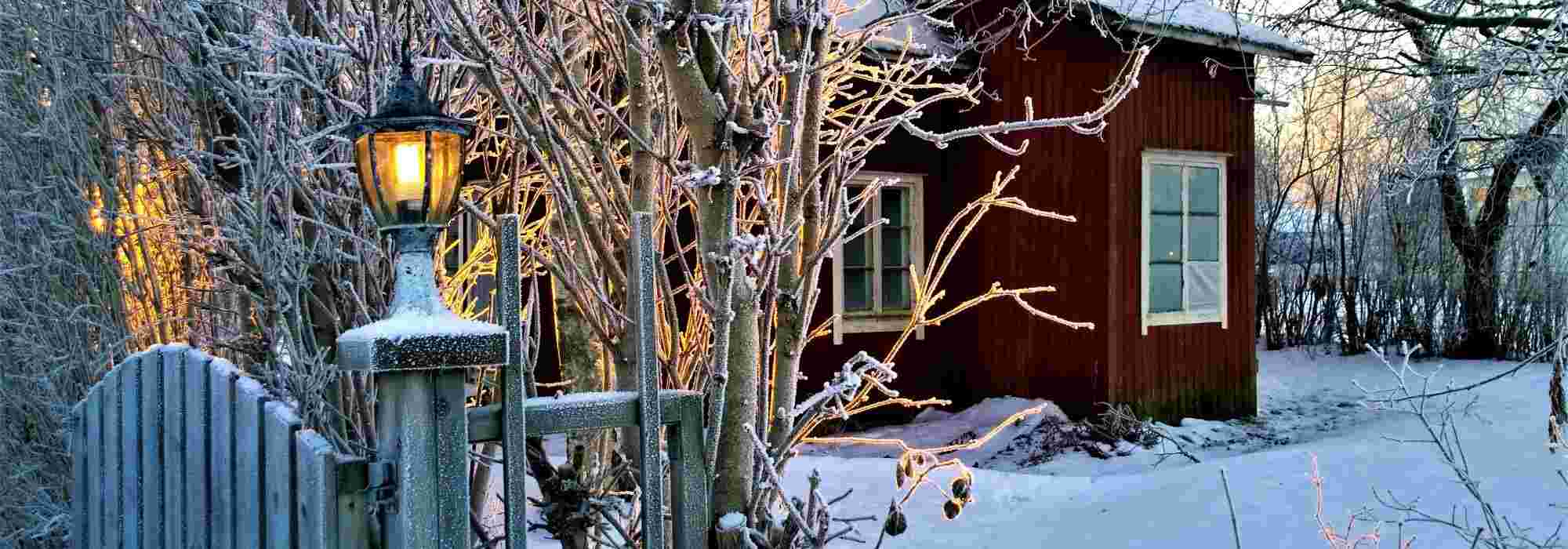
What to do in the garden in winter?
All seasonal tasks and jobs
Contents
Winter is here! Days are short, cold has settled in for a few months and frosts are not uncommon. Snow may, more or less often, drape the garden in a white coat. The sun shows its face sometimes, and even if its rays are limited, it lifts a gardener’s spirits. But, in the garden, winter does not necessarily mean inactivity!
Whether it’s your beds, bushes or trees, now is the right time to prune, tidy or propagate your favourite plants. Winter is also the ideal time to take stock, imagine and design future plantings, repair landscaping or start new projects and maintain your equipment. In short, there’s no shortage of tasks!
In this article I offer a checklist of everything you can do in the garden, in all weathers (or almost), between December and March.
Practical tips for gardening in dry, frost‑free weather
Look after your flowerbeds
- Continue or finish weeding your flowerbeds, so they will be ready when growth resumes in spring. Opt for environmentally friendly weeding solutions.
- Mulch bare soil with last fallen leaves or compost, for example. This technique offers many advantages, including protection against cold, suppression of weed growth and improvement of soil structure.
- Avoid cutting stems of perennials or dried grasses before the end of winter. Not only do they acquire a poetic dimension when frost outlines their silhouettes, but they also protect stumps from cold. They finally provide food (seeds) and shelter for a range of beneficial wildlife.
- Pull out any wild brambles that may have developed during the year (in beds or hedges). Do not just cut them; make sure you extract their roots.
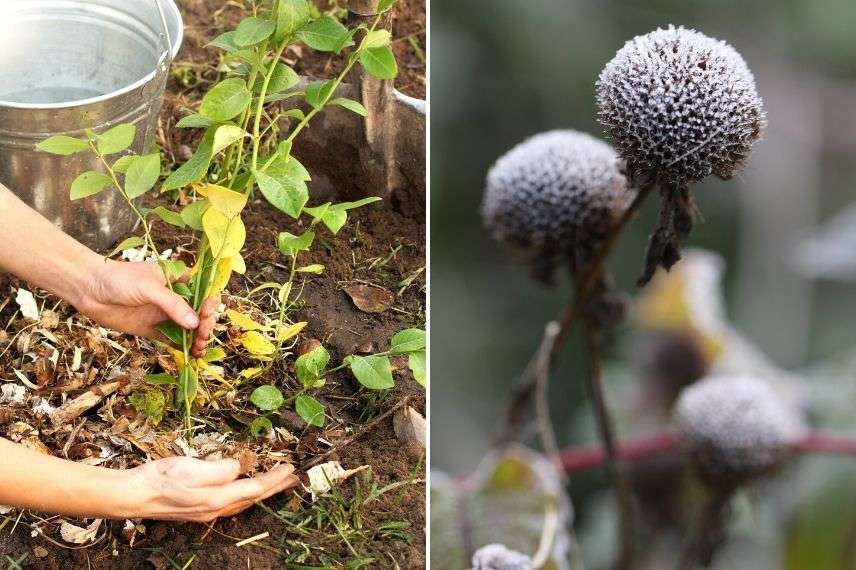
Weed, mulch and don’t always cut back spent flowers
Plant and multiply your plants
- Plant trees, bushes and roses in beds or as hedges. You can choose bare roots (only available at this time), container-grown or root-ball specimens. If unsure, read our article on different root forms, their advantages and drawbacks.
- Plant conifers, which will then have time to establish well before next season.
- Also plant hellebores, these easy perennials that are indispensable for brightening winter and early spring with their wide range of colours.
- Put in last spring bulbs (daffodils, alliums, crocus…) so they can flower next spring. If bulbs have not rotted or dried out, there is still time to plant them. Most lilies can even be planted until March.
- Propagate trees and bushes by hardwood cuttings, so you can plant them elsewhere or give them away. To master this multiplication method, consult our article on different propagation by cuttings techniques.
Prune and care for your trees and bushes
- Prune ornamental trees and bushes that flower in summer (those that flower in spring should be pruned after flowering), and prune perpetual roses, to maintain a pleasing shape and ensure good flowering and/or fruiting.
- Prune your fruit trees, adapting technique to each type: low-stem, high-stem, in palmette… each case has specific requirements. Also whitewash trunks to combat possible pests.
- If necessary, prune back trees that have become too large, are intrusive or show signs of weakness. In dormancy they tolerate this operation better. But take care to prune lightly and respect their shape. Before starting, read Olivier’s warnings in his article: Pruning trees: stop the massacre!
- Bring out less hardy plants (citrus trees, cacti…) for a few hours during daytime if there is no frost, to give them sun.
- Wrap (without smothering!) those remaining outdoors with a winter fleece if a severe cold spell is forecast, and remember to remove this protection as soon as temperatures rise above freezing.
- Open the greenhouse for a few hours if it is sunny, to air it and limit condensation (and risk of disease). Close it again to retain accumulated heat before dusk.
- After a long period of severe frost, and if rain remains absent, take advantage of milder weather to water plants moderately, especially evergreens, so they can take up moisture.
- Put out food supplies for birds, in the form of fat balls or seed, and shallow dishes of water. Discover how to care for these valuable helpers in Virginie’s article, “Feeding garden birds in winter“.
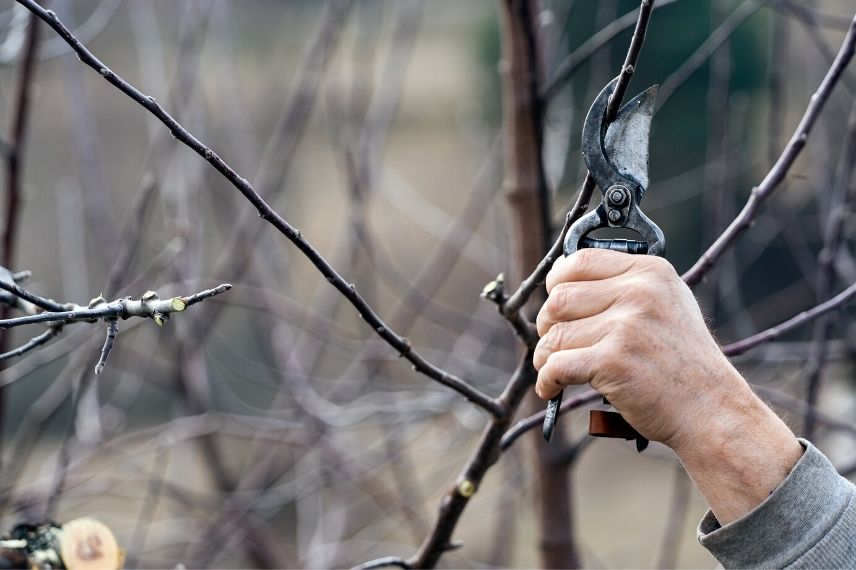
Check and repair garden features
- Repair paths, low walls and other masonry elements or create new ones, watching the weather. If rain is forecast, postpone work by a few days. Wooden structures or dry-stone elements can withstand rain.
- Prepare trenches intended for buried networks (irrigation, electricity). You will only need to lay the services when the time comes.
- Remove moss from wooden structures (pergolas, arches…), repaint if necessary, and replace damaged parts. Climbing plants can be detached from their supports to make these tasks easier. Take the opportunity to prune them and replace worn ties.
Jobs for rainy, snowy or very cold days
Prepare for next season!
- Take stock of plants to move or add. Last season may have highlighted unfortunate combinations in shapes, colours or flowering times. Winter gives gardeners more time to rethink their borders.
- Make a list of your wishes and future plantings that make your garden a little more beautiful each year, and browse catalogues to prepare your orders.
- In the same spirit, make a list of plants to divide at the start of next season. Once spring frenzy begins, it’s easy to fall behind.
- Design your new borders. Some gardeners work by instinct. Others need detailed plans for future layouts. What area for new border? Will there be structure for climbing plants? What exposure will it have? What is soil like? How to choose right plants so border looks good from spring through winter? So many questions influence choice of plants to plant. If you lack ideas, start by reading Ingrid’s article that gives advice to create a beautiful perennial border.
Maintain your equipment
- Have electric and petrol-powered tools serviced (lawnmower, hedge trimmer, shredder…). Sharpen or replace blades, change oil, grease… If you use professionals, hand over equipment as early as possible to avoid late-winter rush.
- Clean, sharpen and grease small tools (pruning shear, spade…) to be ready to work from first fine days.
- Clean and disinfect pots. They will then be ready to receive new potted plants or your sowings.
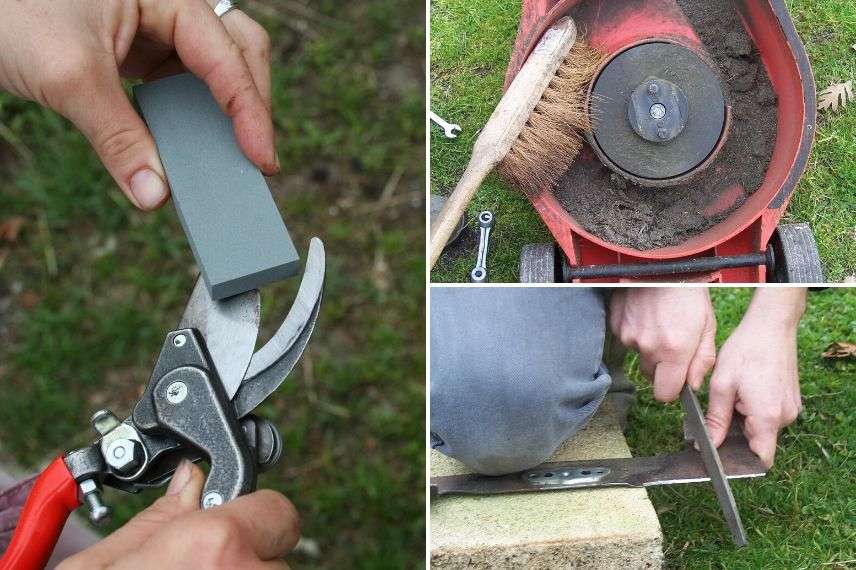
Winter is a good time to carry out equipment maintenance
Keep an eye on your garden
- If it has snowed, shake snow from branches of evergreen trees and bushes. Snow is a good insulator against cold, but it is also heavy and can break branches or scorch some foliage. Michael explains the benefits and dangers of snow in the garden in his article.
- If you have a pond with fish, don’t let ice cover the entire water surface. To allow gas exchange to continue, a part, even a small opening, must be preserved. In any case, never break the ice, as the shockwave is harmful to your fish. If you don’t have a pond de-icer (or equivalent), a simple solution exists. Boil a large saucepan of water and float it on the pond surface until the ice has completely melted. Take care not to drop the pan to the bottom of the pond! Repeat the operation daily if necessary.
- Except for sturgeons, stop feeding fish in winter.
- Start your first sowings of annuals or perennials at the end of winter, under cover and in warmth. Young plants will join your borders once last frosts have passed and many will flower during the year. To master this technique, read Virginie’s article on sowing annual seeds.
→ Finally, in any case, also take time to enjoy your garden and its winter beauty. Some plants take on a new dimension under frost or snow, but provided you’ve chosen the right plants, a display rich in colours and scents can also be yours throughout the season! Trees and bushes with decorative, colourful bark or early-flowering shrubs, sometimes scented, perennials and bulbs that brave the cold, ornamental grasses with strong winter presence, not to mention evergreen and conifers, some of which flower or change colour at this time… the palette for composing beautiful scenes in the “wrong” season is incredible!
- Subscribe!
- Contents
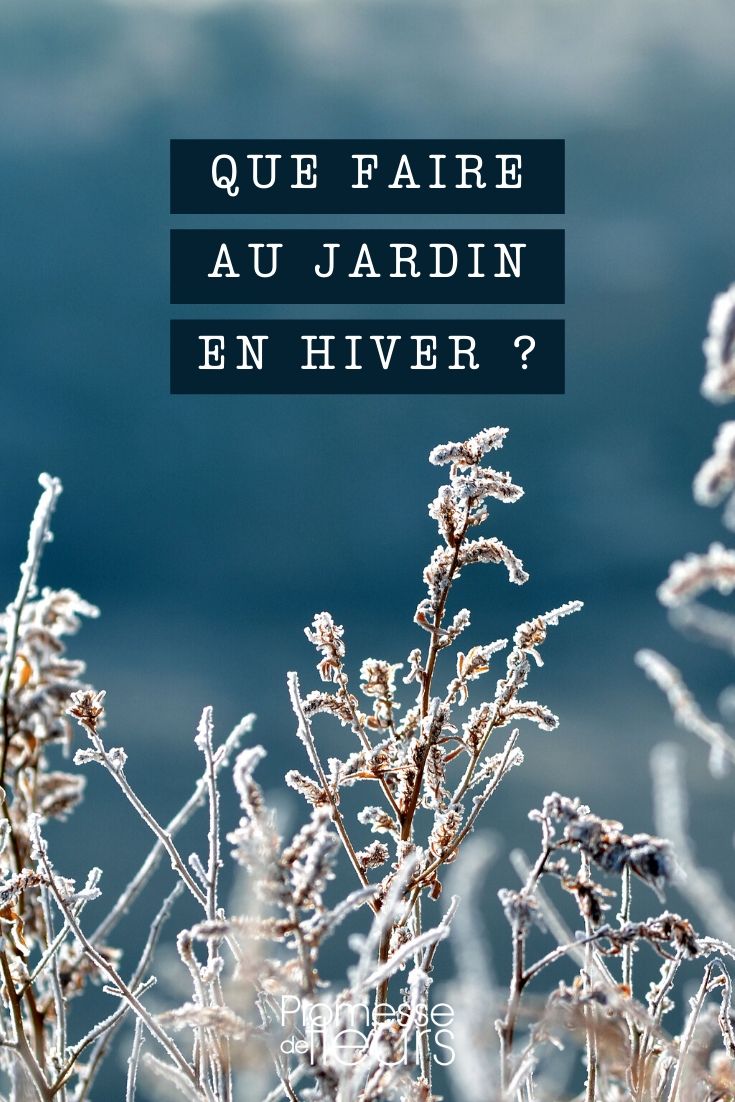































Comments